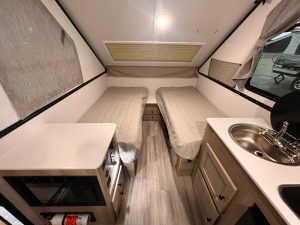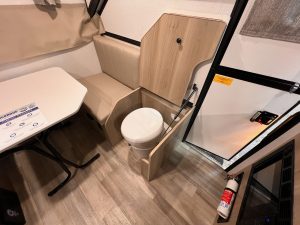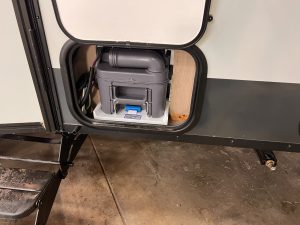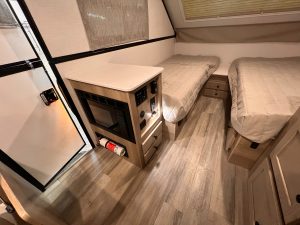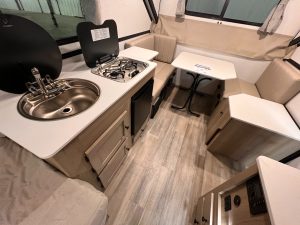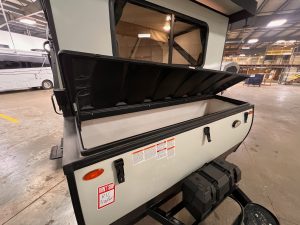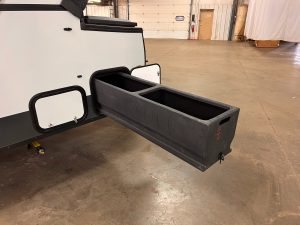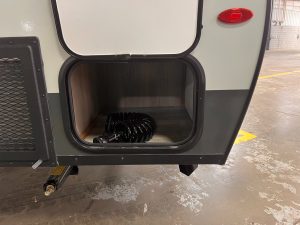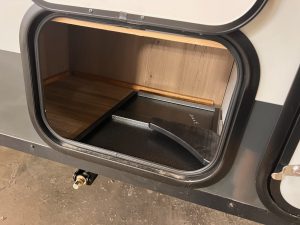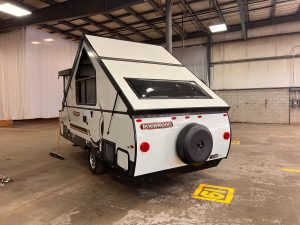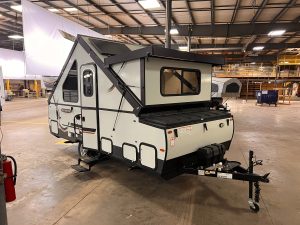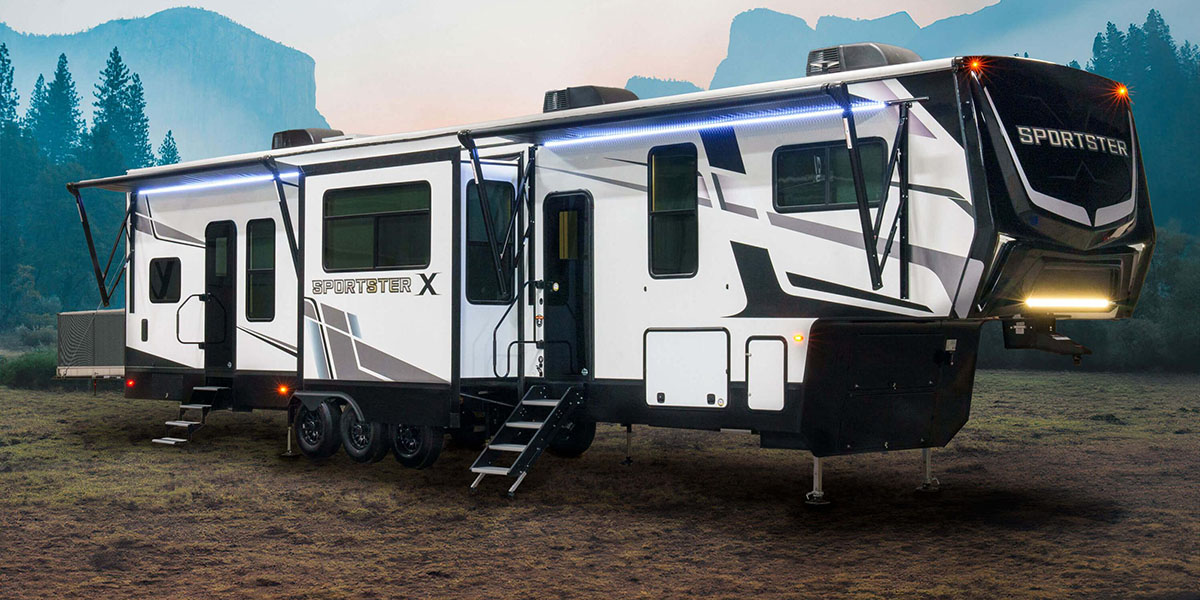If you missed out on the official Oktoberfest celebrations this year, don’t worry: You aren’t the first person who figured the party starts in October. (Somehow, it kicks off in September.) Even so, you can still recreate the festive vibes right from your RV! One of the best things about RVing is the freedom to craft your own adventures and the fact that it begins whenever you arrive. Which means you can make your own Oktoberfest. (Shockingly, even in October — and beyond.)
For us, boondocking at unique locations is one of the coolest experiences of traveling the open road in your home on wheels, and one of the best memberships to do that, is Harvest Host. We’ve used Harvest Host to stay at some fun and quirky locations (Think of museums and farms.) But another bonus to the membership is the ability to stay at some breathtaking vineyards and one-of-a-kind breweries. And that is how you can easily set the scene for an unforgettable Oktoberfest experience on the road.
So, if the calendar is later than you’d like for your German escapades, but you’re still stoked for that Bavarian experience, then it’s time to find a scenic winery or a cozy brewery/ That way, you can sip, savor, and celebrate your own DIY Oktoberfest. Whenever you like.
Here’s how to bring the spirit of the season to your RV. Here are tips on where to go, what to bring, and how to celebrate!
5 Ways to Make Your Own Oktoberfest by RV
1. Hit Up a Harvest Host Brewery
If you can’t make it to Munich or one of the big U.S. Oktoberfest celebrations, why not bring the festival to you? One of our favorite ways to recreate Oktoberfest is by staying at unique locations like this pet-friendly brewery, which happens to be just up the road from one of the coolest towns in Michigan. Imagine boondocking at a beautiful brewery. Surrounded by great beer. All the while with that crisp fall air creating the perfect atmosphere.
Bay City Brews & Paws is just 30 minutes from Frankenmuth, Michigan, known as “Michigan’s Little Bavaria.” This charming Bavarian town is the perfect spot to explore German culture and enjoy traditional architecture. And when you’re parked at a brewery nearby, you can spend your days wandering through town and your nights sipping locally crafted brews under the stars. Oh, your four-legged furry kiddos are invited too. Bonus!!!
So, load up your RV. Bring your steins. And make your own Oktoberfest in this Michiganian must-see!
2. Create Your Own Beer Tasting Party
What’s Oktoberfest without some great beer? Stock your RV fridge with a mix of local brews from the region you’re visiting or bring along some authentic German beers to set the mood. Pilsners, hefeweizens, and Märzens are perfect choices for an Oktoberfest-inspired beer lineup.
Better yet, if you’re staying at a brewery through Harvest Hosts, you can sample some of their signature brews and host your very own beer tasting party at your campsite. Many Harvest Host locations offer RVers the chance to learn about the brewing process, so you can enjoy some local flavor and support small businesses while you’re at it.
Pro Tip: Set up a fun outdoor Oktoberfest space using string lights, a fold-out table, and maybe a portable speaker playing German folk music. Add a few pretzels and bratwurst to the mix, and you’ve got yourself a festive atmosphere.
… Plus a Double Bonus Side Note: If you’re a football fan like me, then this is also the perfect weather, food, and setting for a grill session, beer, and the game while sitting outside your rolling German home.
3. Grill Some Oktoberfest Favorites
Speaking of grilling, no Oktoberfest is complete without a proper feast. If you missed the official festival, you can still enjoy all the delicious food by hosting your own Oktoberfest cookout at your campsite. Bratwurst, sauerkraut, soft pretzels, schnitzel, and German potato salad should definitely be on the menu.
Most RVs are equipped with some sort of cooking option, but if you have a portable grill, you’re set for an epic Oktoberfest BBQ. Bonus points if you pair your feast with the beer you picked up from the brewery you’re parked at! Throw on some lederhosen or a Bavarian hat, and you’re ready to go.
Pro Tip: Use a portable propane fire pit or grill to make the cooking process easier. After all, Oktoberfest is all about having fun, not stressing over the meal prep.
4. Visit German-Inspired Towns
If you want to take it up a notch, why not visit some U.S. towns that have that charming German flair? Even if you missed Oktoberfest season, these towns offer year-round Bavarian culture, food, and fun. Frankenmuth, Michigan, as we mentioned earlier, is a must-visit for RVers. Known for its Bavarian architecture, delicious German fare, and charming downtown, it’s a perfect spot to feel like you’re in Germany without leaving the U.S.
Other notable German-inspired towns include Helen, Georgia, a picturesque mountain town with alpine-style architecture, and Leavenworth, Washington, nestled in the Cascade Mountains, where every building looks like it belongs in Bavaria. Many of these towns have their own local breweries and restaurants where you can get the full Oktoberfest experience.
5. RV for Oktoberfest: Must-Visit U.S. Cities
If you’re planning to attend a future Oktoberfest (getting ahead for next year, huh?), here are five U.S. cities that know how to throw a party. Each is complete with music, traditional foods, and tons of beer! Make sure to mark your calendar and plan ahead with your RV.
-
Cincinnati, Ohio
Oktoberfest Zinzinnati is the largest Oktoberfest celebration in the U.S., attracting over 700,000 attendees annually. This massive event features everything from bratwurst-eating contests to traditional German music and cultural performances. Free admission and lots of food make this a top destination for Oktoberfest lovers.
-
Frankenmuth, Michigan
As I said, “Michigan’s Little Bavaria,” is a must see for the season, and it is known as one of the most authentic Oktoberfest celebrations in the U.S. It’s the first Oktoberfest outside of Munich to be officially sanctioned by the city of Munich, so you know you’re getting the real deal!
-
La Crosse, Wisconsin
Oktoberfest USA in La Crosse is a beloved celebration of German heritage, dating back to the 1960s. Known for its parades, live music, and competitive events, this Oktoberfest is perfect for RVers looking for a lively, small-town atmosphere.
-
Helen, Georgia
Helen’s Oktoberfest is one of the longest-running in the U.S., having started in 1969. With its Alpine-style architecture and scenic mountain setting, it’s like stepping into a European village. Enjoy polka music, great food, and a fun parade.
-
Denver, Colorado
Denver’s Oktoberfest is a two-weekend extravaganza in the city’s Ballpark District. With over 150 breweries participating and events like keg bowling and wiener dog races, this festival is as fun as it gets! Again, if you’re a football fan like me, then you might get lucky and catch a Bronco’s game too if they are in town. You can’t beat Oktoberfest and a game with the family.
Pro Tip: NEVER DRINK AND DRIVE!!! Remember, you came in your home, so eat, drink, and be merry – but make sure you walk back to your campsite. That’s why you drive there, so you can camp and not have to drive back after drinking.
Bonus: RVing for Any Holiday/Event
When you’re RVing and the Oktoberfest festivities wind down, you don’t have to call it a day, because you can stay at breweries, wineries, farms, and other unique spots all over the country all year long. Whether you’re enjoying a peaceful night at a vineyard or waking up at a small brewery, you’ll get a true taste of local culture while enjoying a scenic boondocking experience, no matter the season. This means you get to experience all the fun of your favorite holidays on your own terms and with your own amenities.
Ready to Make Your Own Oktoberfest?
Oktoberfest is more than just a date on the calendar—it’s a state of mind. So, even if you’ve missed the official celebrations, you can still make your own Oktoberfest experience while RVing. Whether it’s staying at a brewery, creating your own German feast, or visiting towns with Bavarian charm, the road is your oyster. So cheers – I mean prost – to your next adventure!

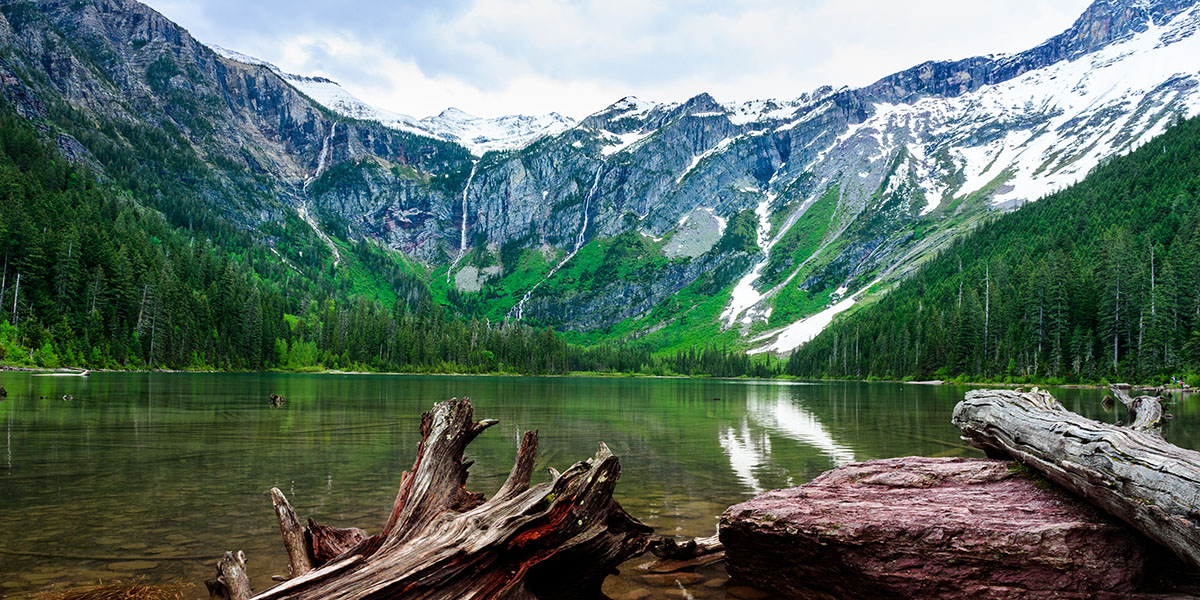
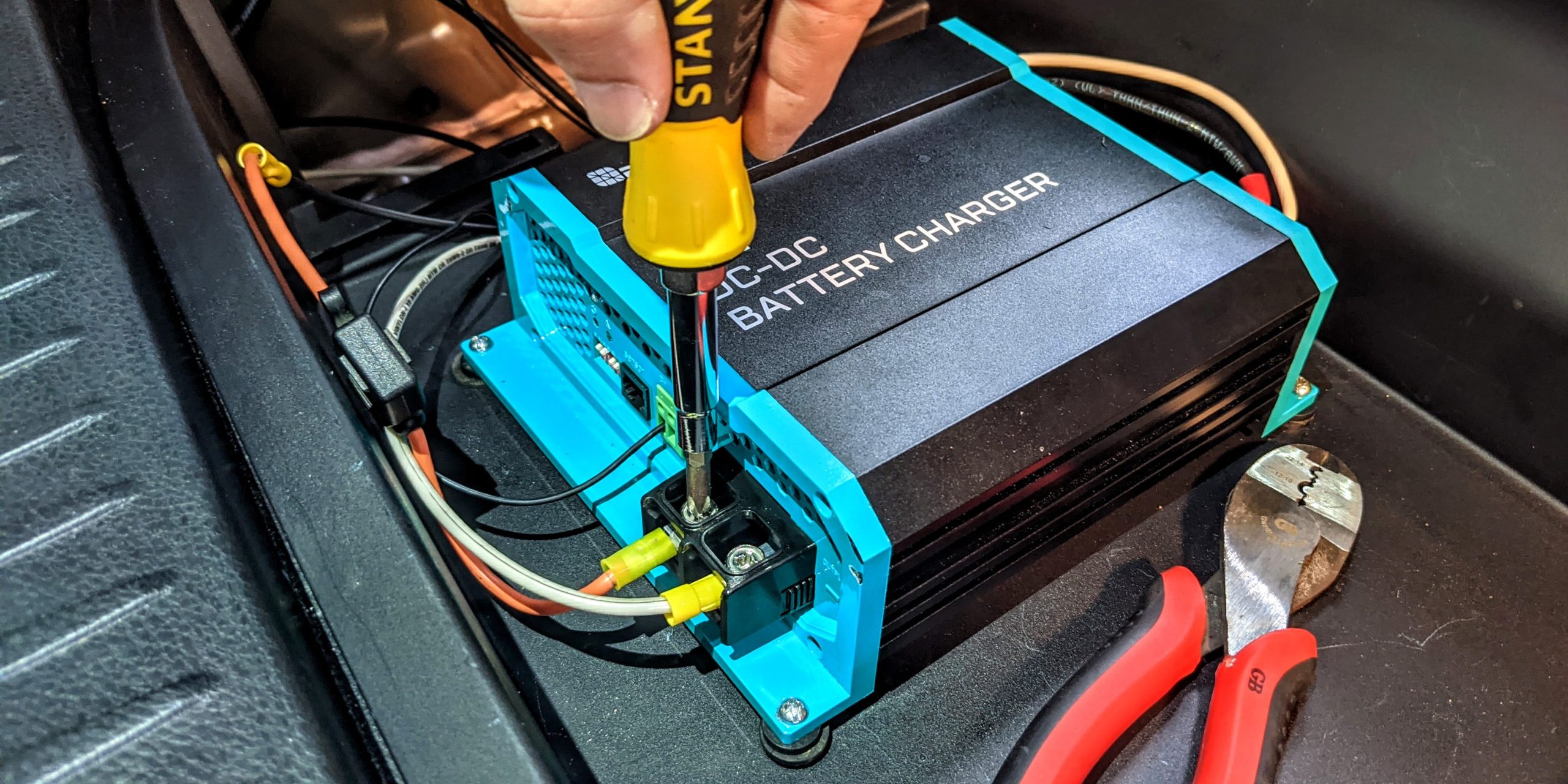

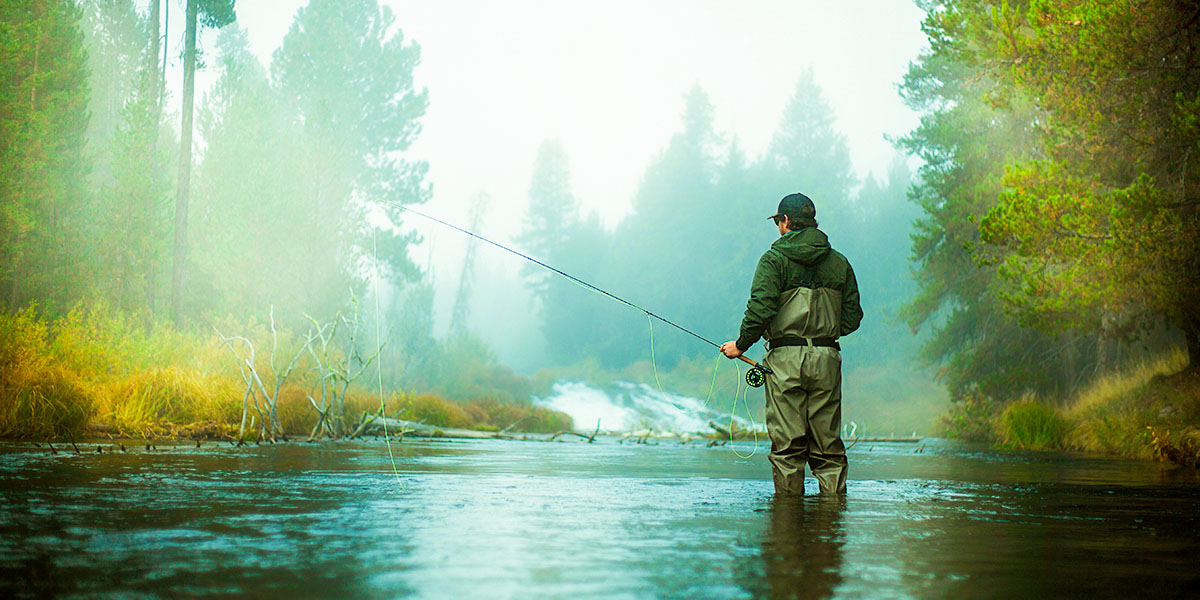
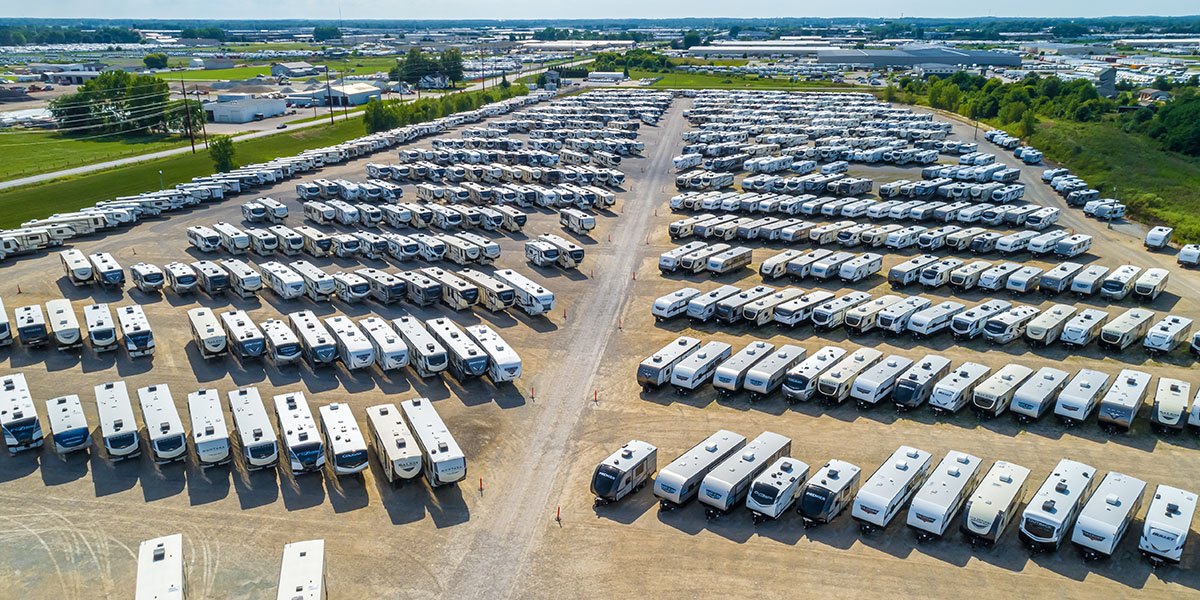
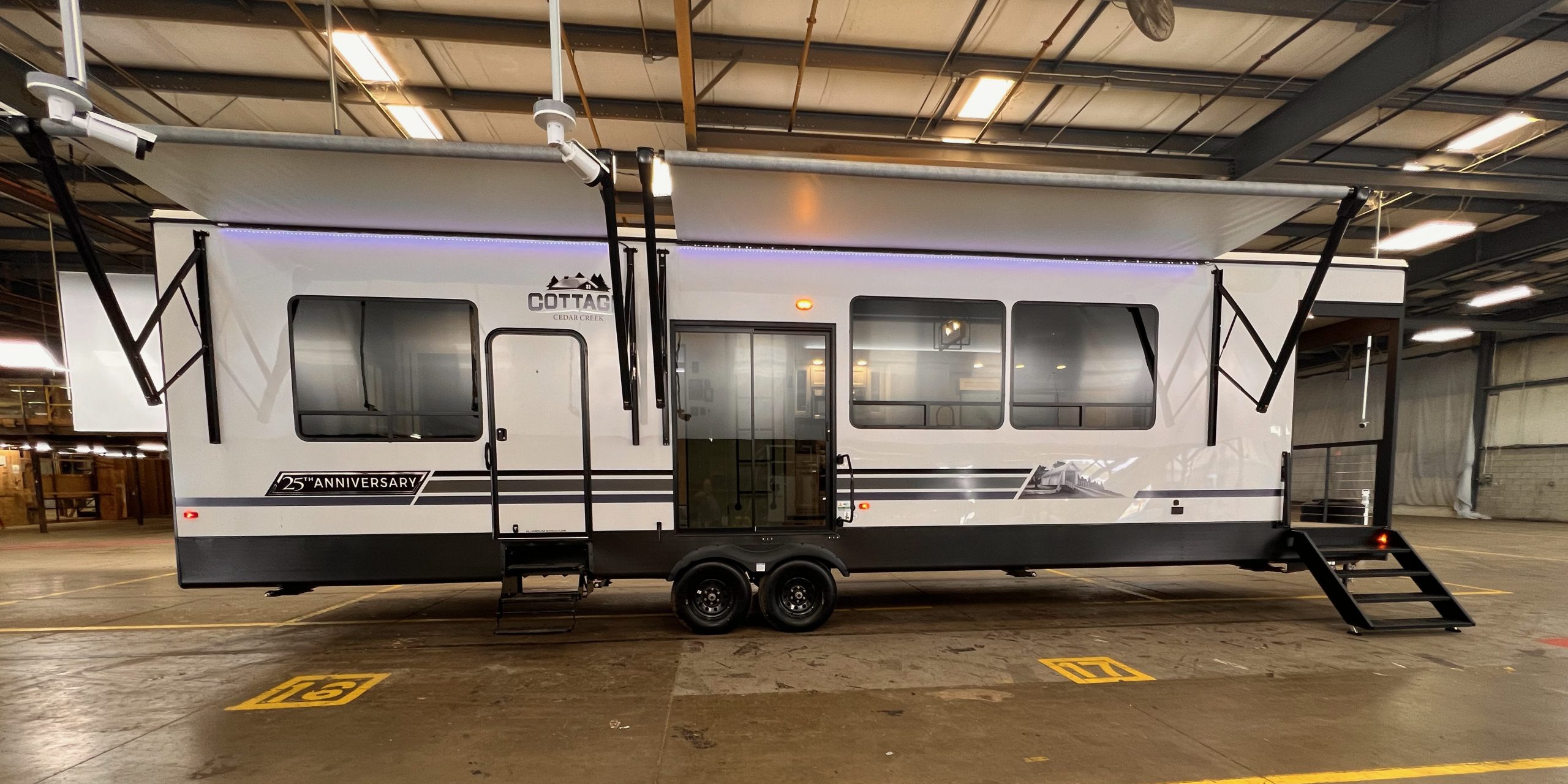
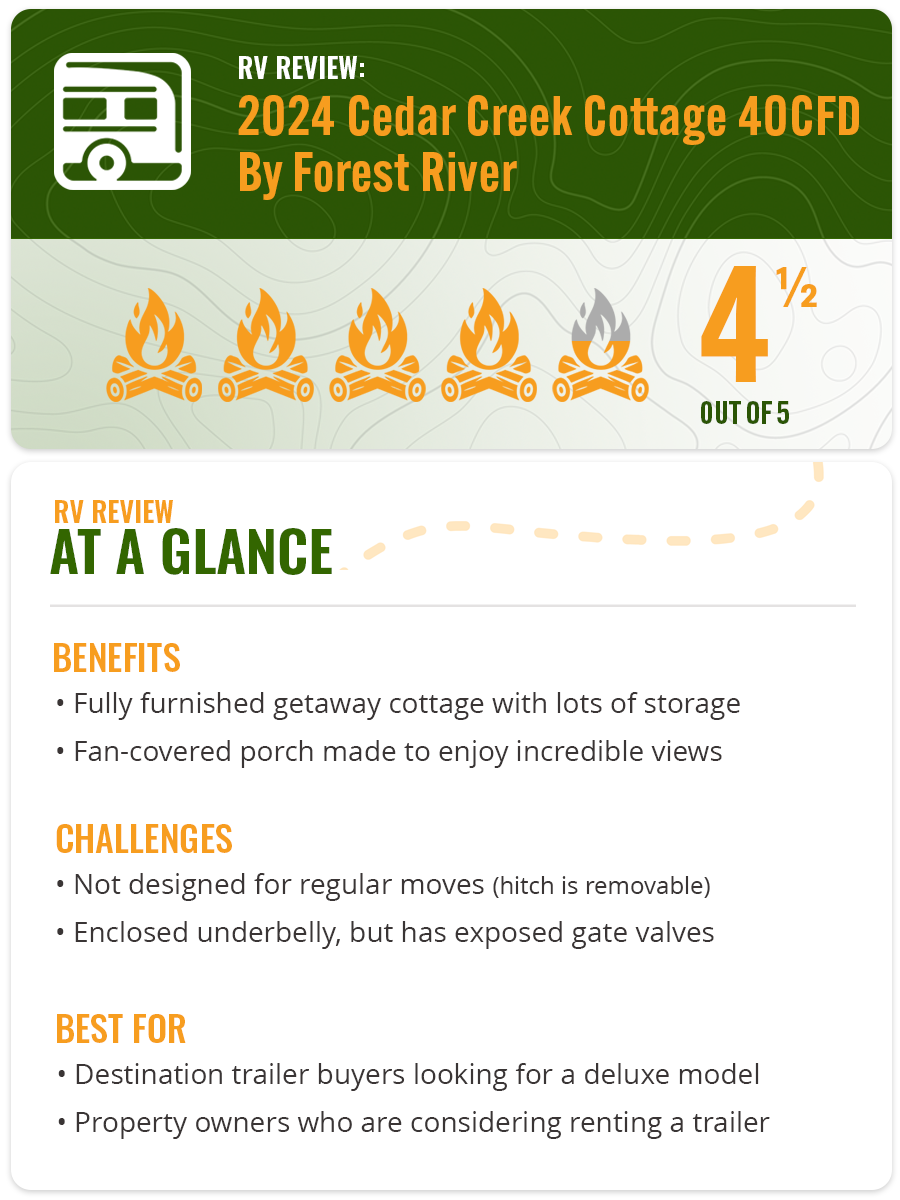 I gave the Cedar Creek Cottage 40CFD four-and-one-half out of five stars. I really like the build quality of the cabinets and the open feel of the interior. The porch on the front, too, would be a nice place to spend time if you have a beautiful place to enjoy. (The ceiling fan overhead might help keep the insects at bay.) However, the white upholstery and lack of proper dining table might sway some buyers, although Cedar Creek makes other floor plans that are equally nicely done.
I gave the Cedar Creek Cottage 40CFD four-and-one-half out of five stars. I really like the build quality of the cabinets and the open feel of the interior. The porch on the front, too, would be a nice place to spend time if you have a beautiful place to enjoy. (The ceiling fan overhead might help keep the insects at bay.) However, the white upholstery and lack of proper dining table might sway some buyers, although Cedar Creek makes other floor plans that are equally nicely done. 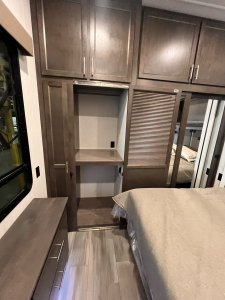
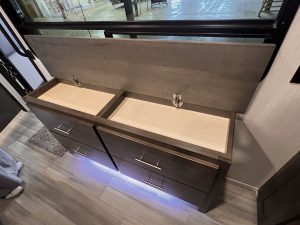
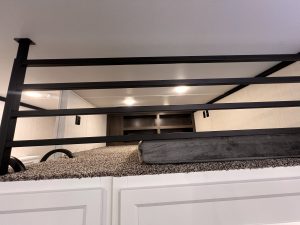
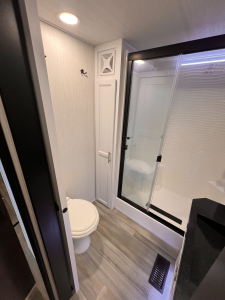
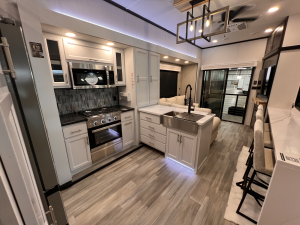
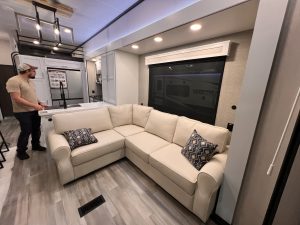
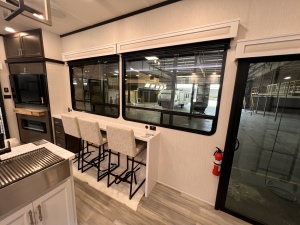
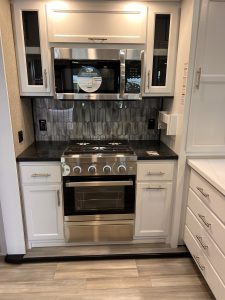
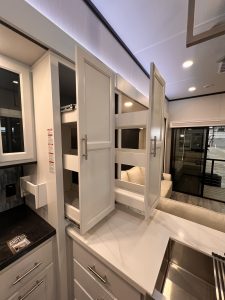
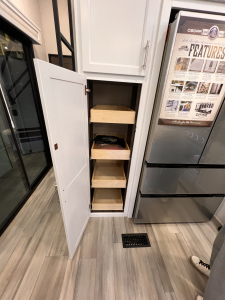
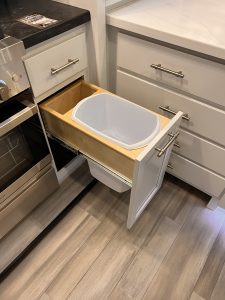
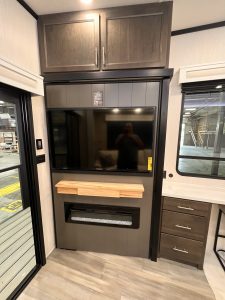
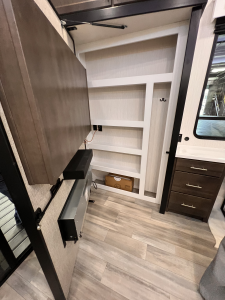
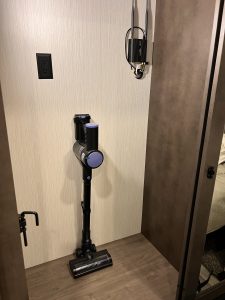
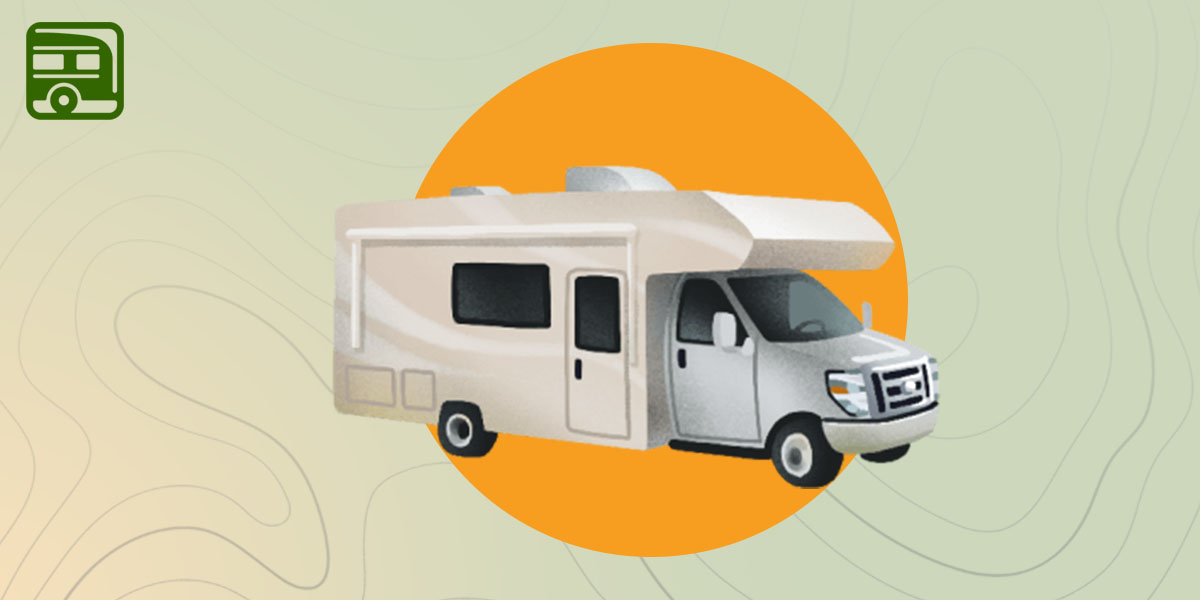
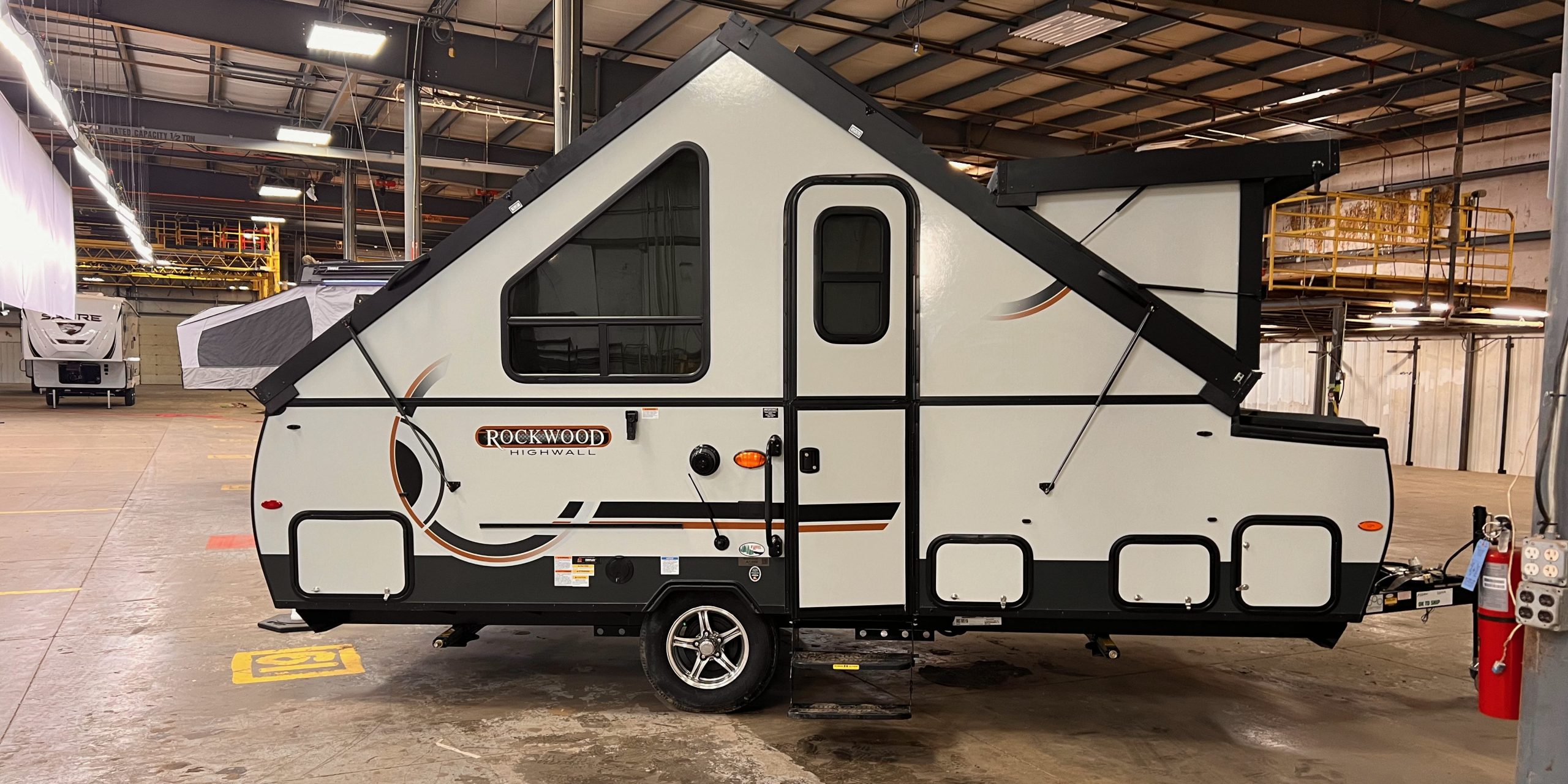
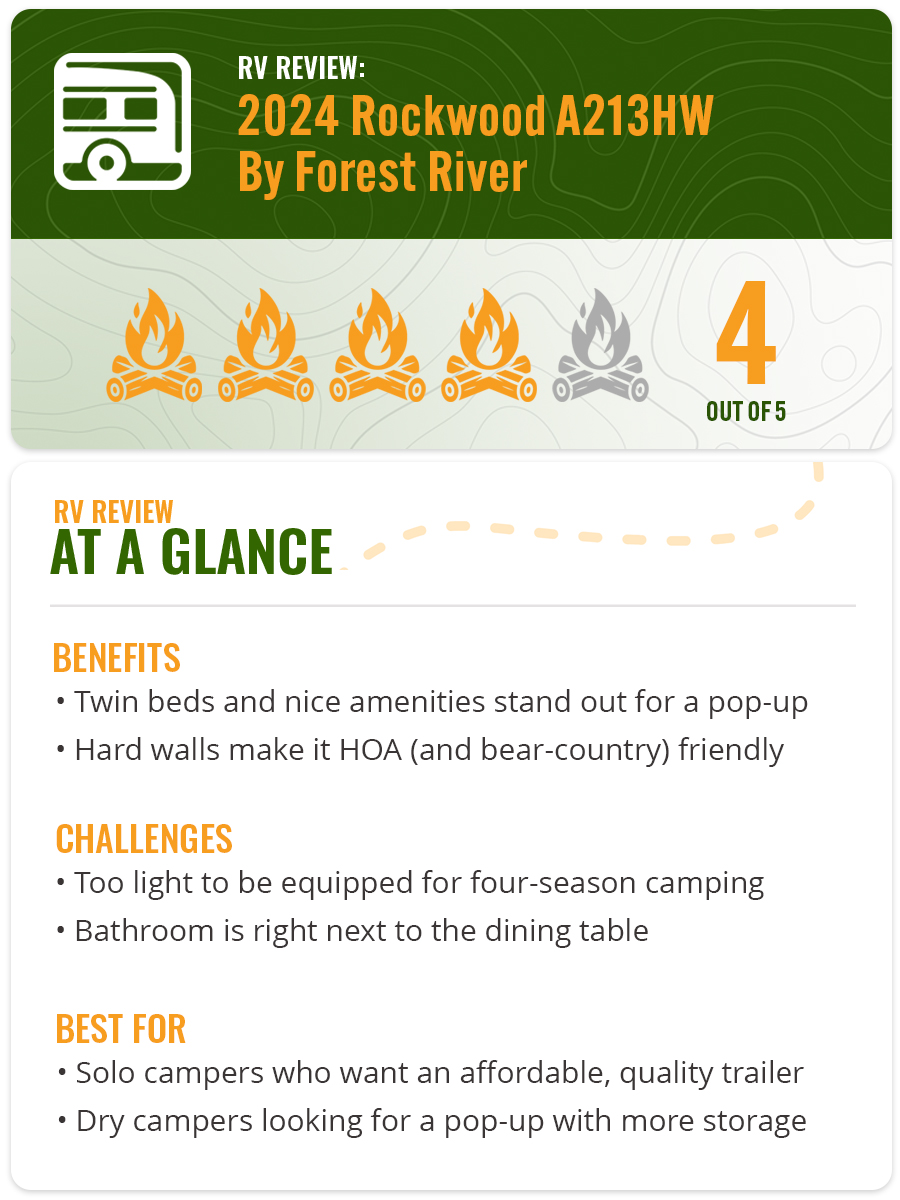 I gave the Rockwood A213HW four out of five stars. These RVs are well-made and somehow still also easy-towing and garageable. This one, too, offers really good storage in a front trunk. It’s not difficult to open up, and it offers much of the benefit of a larger traditional trailer along with a lot of headroom once opened. However, being a pop-up, the bathroom is a compromise at best.
I gave the Rockwood A213HW four out of five stars. These RVs are well-made and somehow still also easy-towing and garageable. This one, too, offers really good storage in a front trunk. It’s not difficult to open up, and it offers much of the benefit of a larger traditional trailer along with a lot of headroom once opened. However, being a pop-up, the bathroom is a compromise at best.